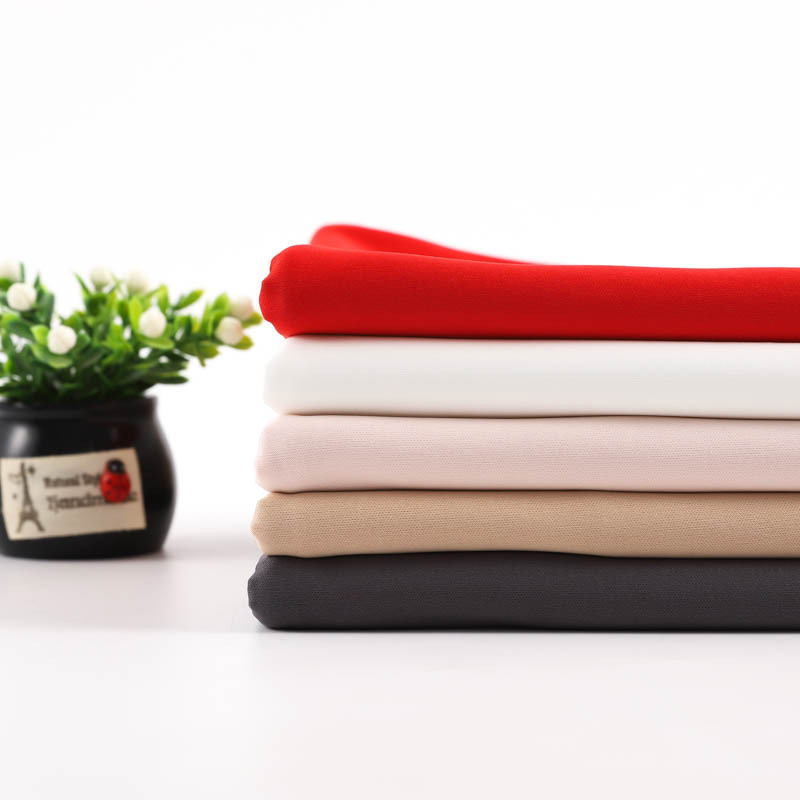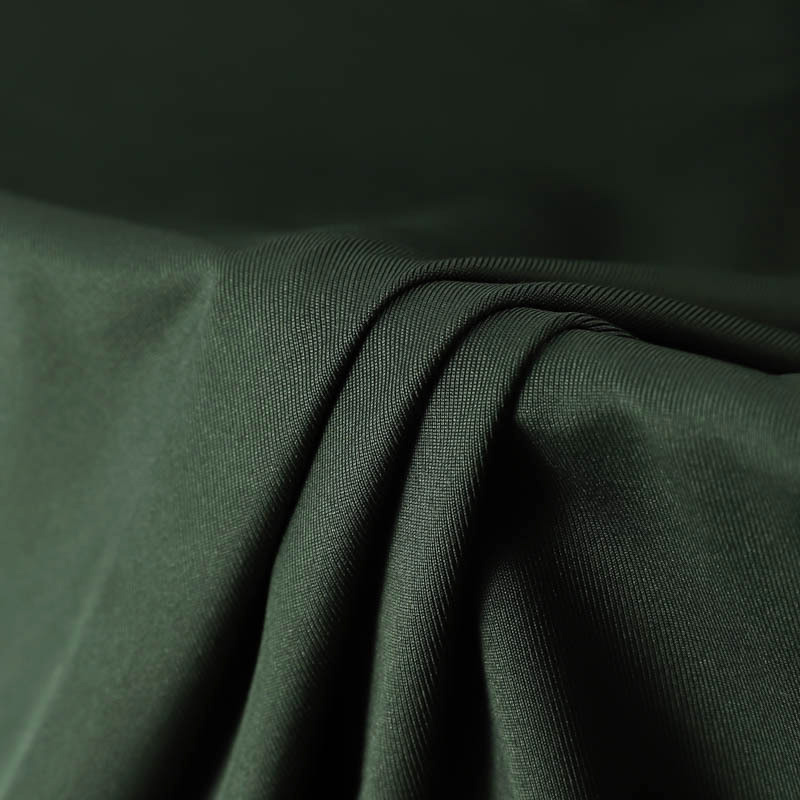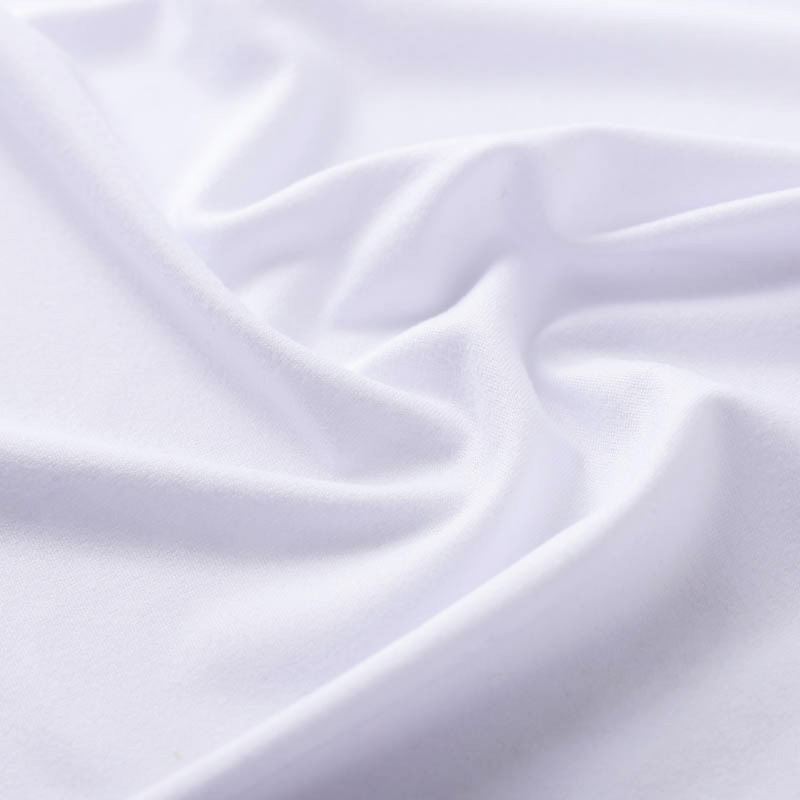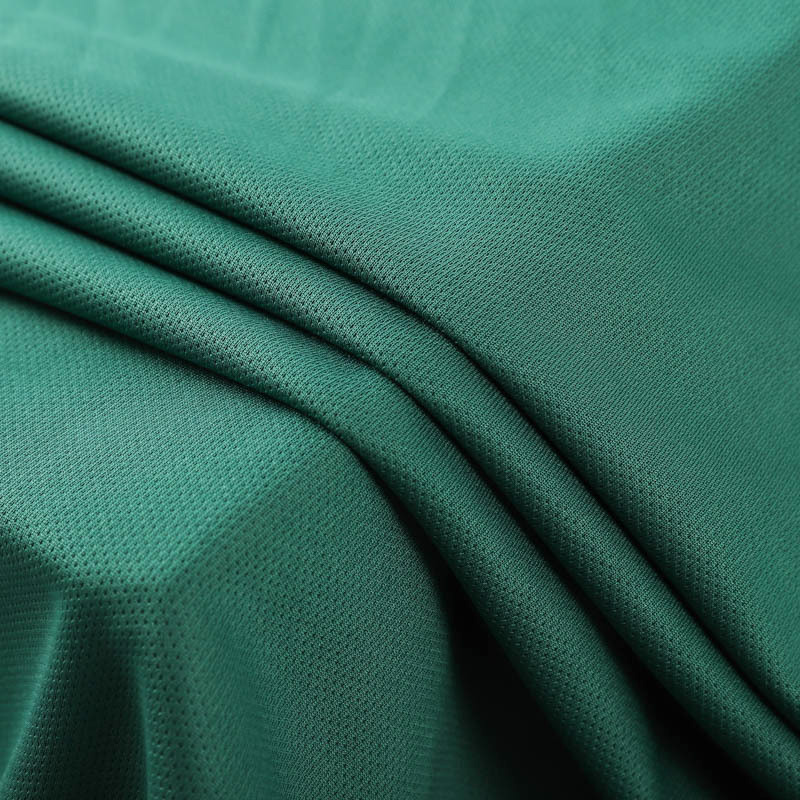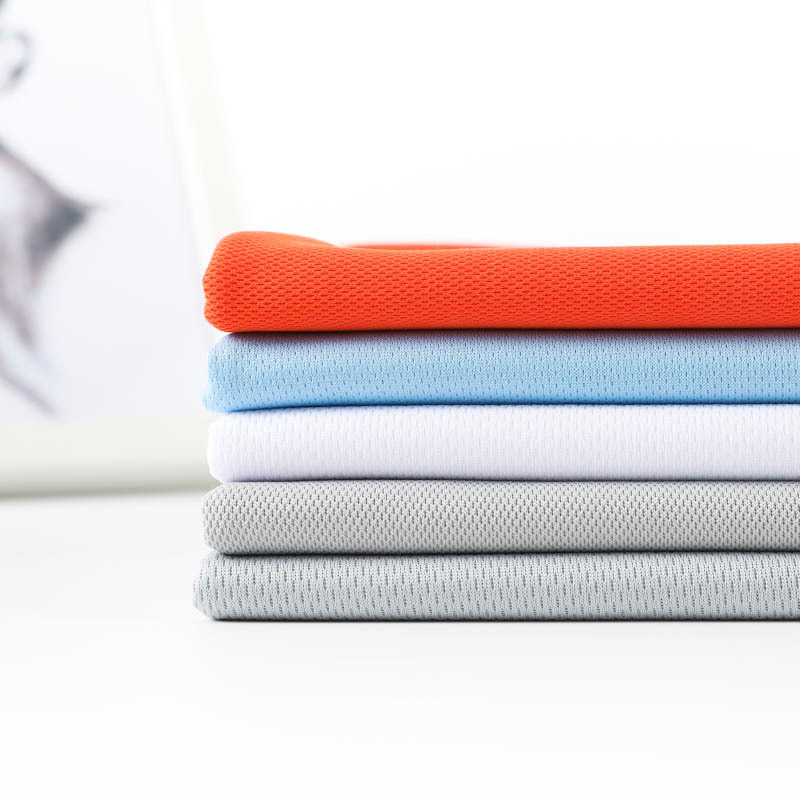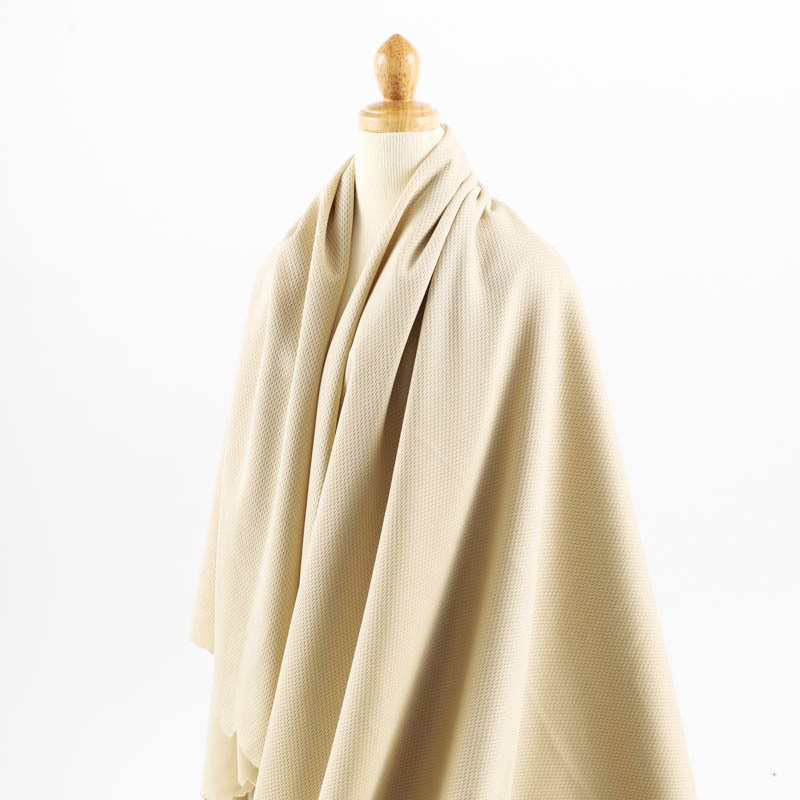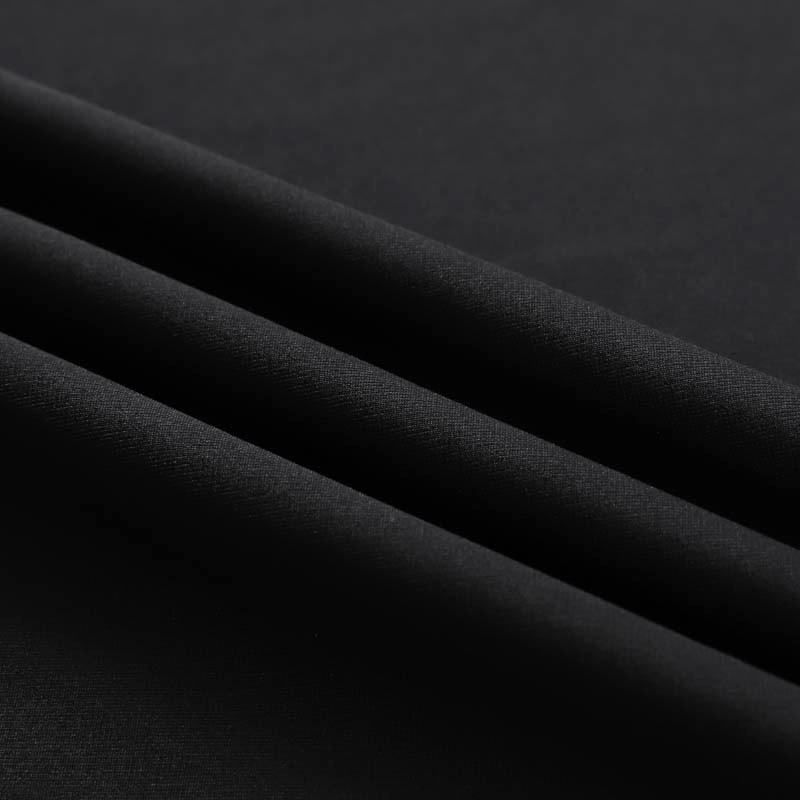With climate change and seasonal changes, clothing should not only meet visual fashion needs, but also take into account the comfort of the wearer. Choosing the right fabric, especially choosing the right clothing fabric according to the season, has become a topic that modern consumers pay more and more attention to. Whether it is the warmth of winter, the freshness of spring and autumn, or the coolness of summer, choosing the right clothing fabric can help us achieve a perfect balance between fashion and comfort and enhance the wearing experience.
Spring: Lightness and breathability are the key
Spring is a warm and changeable season. The temperature gradually rises, but the temperature difference between morning and evening is large, so it is particularly important to choose the right clothing fabric. Spring clothing fabric should be light and breathable, making the wearer feel comfortable and refreshed.
1. Cotton fabric
Cotton fabric is one of the most common choices for spring clothing. Cotton fiber is naturally soft and breathable. It can effectively absorb moisture and perspiration and keep the skin dry, so it is particularly suitable for wearing in spring. Cotton shirts, T-shirts or light cotton jackets are not only comfortable, but also suitable for the large temperature difference between morning and evening in spring.
2. Linen fabrics
Linen is another natural fabric that is very popular in spring, especially for warm but not hot weather in spring. Linen fiber has good breathability and moisture absorption, which can help the body keep cool and dry. In addition, the natural texture and slightly rough touch of linen fabric also have a natural and casual flavor, which is suitable for spring wear.
3. Wool and wool blends
Although wool is usually closely associated with winter, the adaptability of wool fibers allows it to play a role in spring as well. Choose light wool fabrics or wool blends to provide moderate warmth without making people feel stuffy. Wool fabrics have good breathability and are suitable for cooler weather in spring, especially in the cool hours of early morning and evening.
Summer: Coolness and moisture absorption
The temperature in summer is high and the air humidity is high, so comfortable, cool and breathable fabrics are particularly important. Choosing the right fabric can effectively avoid the problems of stuffiness and excessive sweating, keeping us refreshed and comfortable in the hot summer.
1. Cotton and linen fabric
Cotton and linen fabric is a very ideal choice for summer. It is a blend of two natural fibers, cotton and linen, with good breathability and moisture absorption, which can quickly absorb sweat and excrete it from the body to help keep dry. Compared with pure cotton fabric, cotton and linen fabric is cooler and lighter, very suitable for hot summer weather, and it is comfortable and natural to wear.
2. Bamboo fiber fabric
As a new type of environmentally friendly fabric, bamboo fiber has been widely used in summer clothing in recent years. Bamboo fiber fabric is not only breathable, but also has strong antibacterial and deodorizing functions, which is particularly suitable for hot summer weather. In addition, bamboo fiber itself has a natural cooling effect, which can provide the wearer with a more refreshing feeling.
3. Silk fabric
Silk fabric has become the first choice for high-end summer clothing with its smooth, light and soft characteristics. Silk not only has excellent breathability and moisture absorption, but also can regulate body temperature and keep cool in the hot summer environment. In addition, the gloss and fluidity of silk make it more noble and elegant in summer clothing, suitable for formal occasions or evening wear.
Autumn: Transition between warmth and comfort
Autumn is the season from summer to winter, and the temperature gradually drops, but it is not cold. Therefore, the choice of autumn clothing needs to take into account warmth and breathability, especially in the colder hours of early morning and evening.
1. Wool and wool blended fabrics
Autumn is one of the best seasons for wool fabrics. Wool fabrics have good warmth retention and breathability, and are suitable for wearing in autumn when the temperature difference is large. You can choose light wool sweaters, wool coats, etc., which can not only resist the cold in the morning and evening of autumn, but also will not make people feel too stuffy.
2. Woolen fabrics
Woolen is one of the common fabrics in autumn and winter, suitable for making coats, jackets and other autumn essential clothing. Woolen fibers are tight and elastic, with good warmth retention and wind resistance. When the temperature is low in autumn, the thickness and soft touch of the woolen fabric can provide a warm wearing experience, while also showing the elegant atmosphere of autumn.
3. Blended fabrics
Autumn is the season for blended fabrics to show their talents, especially wool and polyester blended fabrics. This type of fabric usually combines the warmth retention of natural fibers with the durability of synthetic fibers, which can maintain comfort and have good durability. Blended fabrics also have good wrinkle resistance and are suitable for autumn coats, jackets and other clothing that are frequently worn.
Winter: The first choice for warmth and cold resistance
The climate in winter is cold, and special attention should be paid to the warmth retention and comfort of clothing. At this time, it is crucial to choose fabrics that can resist the cold and keep warm.
1. Wool and cashmere fabrics
Wool and cashmere fabrics are classic choices for winter clothing, especially cashmere, which is known for its ultra-light texture and excellent warmth retention. Cashmere fabrics provide a high degree of warmth without making the wearer feel bloated and bulky. Wool coats and cashmere sweaters are common high-end winter clothing that is both comfortable and fashionable.
2. Woolen and heavy down fabrics
Woolen coats and down jackets are representative winter clothing. Woolen fabrics are usually thick and tight, suitable for making coats, windbreakers and other outerwear, which can effectively block the cold wind and maintain body temperature. Down jackets are a must-have item in cold winter. Down-filled fabrics have superb warmth retention and can protect the wearer from the cold at extremely low temperatures.
3. Polyester and nylon fabrics
Polyester and nylon fabrics are ideal for winter wind and water resistance. Many modern winter coats and cold-proof clothing use this type of synthetic fiber fabric, which combines waterproof, windproof, breathable and other functions to cope with the severe winter climate. The advantage of these fabrics is that they can provide effective warmth to the wearer in a light and adapt to harsh weather conditions.



 English
English  中文简体
中文简体 